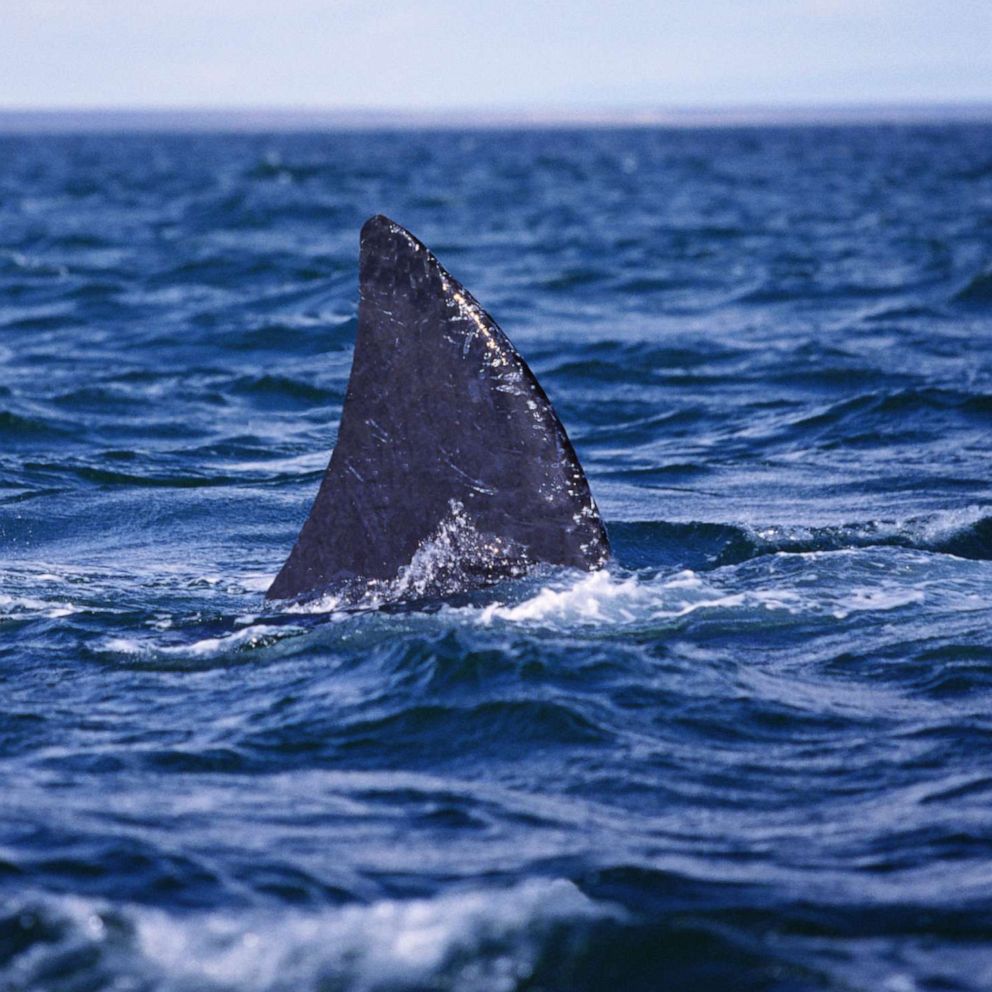This Mexican Cartel Controls 80 Percent of the U.S. Meth Trade, Study Finds
The Mexican Drug Boss Imports Raw Materials form China and Sells Pills in U.S.
April 2nd, 2013— -- The Sinaloa Cartel, the criminal organization headed by Mexican kingpin Joaquín "El Chapo" Guzmán, controls a lucrative synthetic drug trade and money laundering route that begins in Asia Pacific and travels through Mexico to the United States, according to a new study.
Guzmán's drug trafficking organization accounts for 80 percent of the U.S. meth trade and is a key player in both the legal and illegal global economy, writes José Luis León, a researcher for Mexico's Autonomous Metropolitan University who wrote the section on the meth trade in the study. Called "Methamphetamine Traffic: Asia-Mexico-United States," the study was published this week by Seguridad con Democracia, a Mexican think tank that focuses on security issues.
"This organization is a truly global enterprise," León wrote, "for both its markets and its products exhibit a high degree of diversification. North America, Europe, Asia, and Australia stand out among its markets. Marijuana, cocaine, opiates, and methamphetamines are prominent among its products."
According to the study, the growing involvement of the Sinaloa cartel with methamphetamines and the Asia-Pacific region dates back to the 1990s. During that period, Guzmán's lieutenant, Ignacio "Nacho" Coronel, consolidated an extensive ring to import ephedrine and pseudoephedrine -- two drug precursors used in producing crystal meth -- from China, Thailand and India. Coronel, also known as the "King of meth," then used the organization's networks to distribute free samples throughout the U.S., establishing a market that has seemingly contributed to the gradual decrease of meth production in America.
"Thanks to the penetration of Mexican cartels in this market, the number of local meth labs seized [in the U.S.] went down from 10,212 to 5,846 between 2003 and 2006," the study said. Other Mexican cartels like the Zetas and the Colima cartel are also important players in the meth market.
The study found that ephedrine and pseudoephedrine are the starting point of the triangular money route that starts in the Asia Pacific region. These two types of drugs, which were banned in Mexico in 2008, arrive illegally from Asia at the ports of Lázaro Cárdenas and Manzanillo in Mexico, or at Puerto Quetzal in Guatemala. From there, they are moved to labs in the states of Michoacán, Jalisco, Sonora and Sinaloa, where they are processed in order to produce methamphetamines.
Tons of meth are then shipped to the U.S. through ever more creative methods and sold across America. The money obtained from those sales is later sent to China or laundered through fiscal paradises like the Cayman Islands, León writes in the study, citing information from Stratfor, a global intelligence firm. In China, the money is used to buy more drug precursors and to acquire domestic appliances and other appealing goods, which are then legally shipped and sold in Mexico.
This global drug network is a serious security threat to all the countries it touches, León concluded. The cartel's reach in the United States, for instance, is so great that El Chapo was recently billed "public enemy number one" by a Chicago security organization concerned with the impact that the drug trade is having in that city.
León also wrote that the "chain" which links Asian drug precursors, Mexican labs and U.S. meth consumers makes up a "dynamic" business model in which the Sinaloa Cartel rakes in massive profits. The RAND Corporation a U.S. Think Tank, estimates that this cartel makes up to 3 billion dollars per year, from trafficking marijuana, cocaine and meth, which is as much as the income as digital companies like Facebook and Netflix. El Chapo even made Forbes' list of the world's billionaires four years in a row, the last being in 2012.




